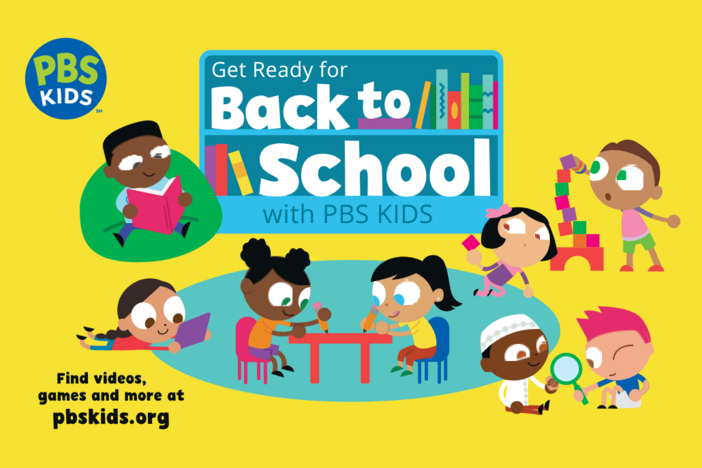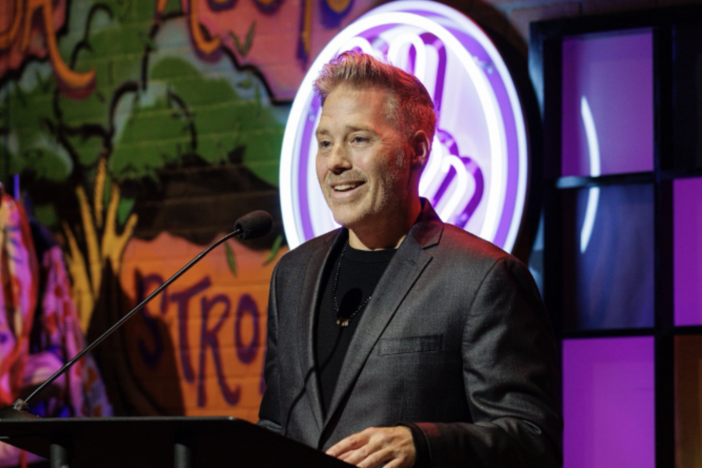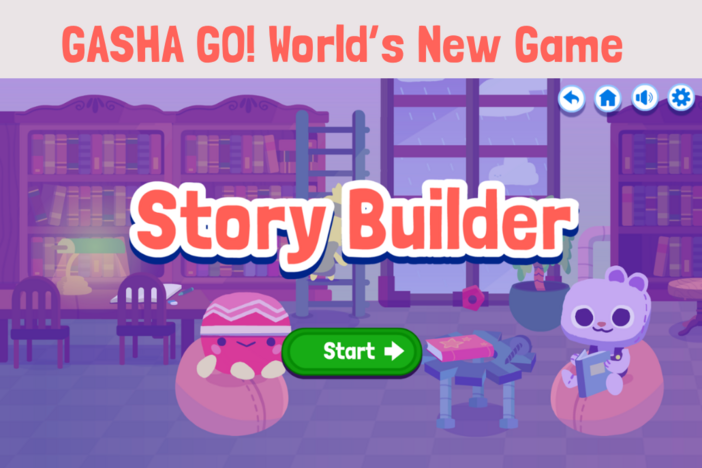
Section Branding
Header Content
We're All Digital Curators, We Just Don't Know It Yet
Primary Content

Over a decade ago Swathmore College professor Barry Schwartz published the groundbreaking theory, The Paradox of Choice. In that work, he controversially asserts that the more options available to consumers the less likely they are to result in optimal choices, or even any choices at all (which toothpaste, the tartar control or the extra strength tartar control with mint flavor?!). The result is sometimes dubbed "choice overload." And although the effects are disputed by many economists, with the proliferation of the internet and mobile technology, it should be no surprise to educators that the choices available to students in terms of sources of information have led to less than optimal selections of resources. Whether they know it or not, teachers are natural curators (which video to show? Pair it with what image and reading?). But the jobs of the future will necessitate that our students have these intelligences as well. If you're not familiar with education technologst and professor Joyce Seitzinger's talk, "When Educators Become Curators," she recommends that we should watch for (and teach about) common obstacles like:
- Hoarding information and resources without purpose or organization
- Being too stingy or miserly with resources and relunctant to share
- The dreaded oversharing of resources that may be unrelated, "pop" in nature, or suspect in their legitimacy
- Over automated in the sharing of resources to the degree that little is added to the original value
KQED's Mindshift publication has great suggestions for getting students to go further in their internet investigating. But maybe going beyond Google is not enough. Curation is no longer the purview of museum directors. The digital world has become our personal archive, accessible and open-sourced. Yet teaching students the essential task of sifting through so much content and information is becoming increasingly challenging. Whether it is telling a legitimate source from one that is less than reputable, or utilizing the best examples for explanation and background research, the future skills for students are likely to be focused around mastery of digital or content curation.
Here are some great introductory sites to start students down the path towards quality curating of resources.
- Google Arts and Culture is its own curated exhibit of paintings, photographs, and artifacts, searchable by era, person, place, or event. It is a great source for injecting the arts into curriculum or getting students to evaluate large collections.
- The Digital Public Library of America offers a vast collection from such entities as the Library of Congress and Internet Archive.
- Smithsonian’s Learning Lab allows users the ability to explore their archives, create their own personalized collections, and share them with others. Here's a tutorial.
- Kiosko hosts newspapers from across the globe affording students different perspectives on daily current events as well as an archive.
- Flipbord bills itself as "your personal magazine." Users can customize exactly the sort of content and articles they wish to view and stay updated on stories from trusted sources. So turn your students loose on great collections and get curating.
Already ahead of the curve? Let us know your secrets in the comments section.
Over a decade ago Swathmore College professor Barry Schwartz published the groundbreaking theory, The Paradox of Choice. In that work, he controversially asserts that the more options available to consumers the less likely they are to result in optimal choices, or even any choices at all (which toothpaste, the tartar control or the extra strength tartar control with mint flavor?!). The result is sometimes dubbed "choice overload." And although the effects are disputed by many economists, with the proliferation of the internet and mobile technology, it should be no surprise to educators that the choices available to students in terms of sources of information have led to less than optimal selections of resources. Whether they know it or not, teachers are natural curators (which video to show? Pair it with what image and reading?). But the jobs of the future will necessitate that our students have these intelligences as well. If you're not familiar with education technologst and professor Joyce Seitzinger's talk, "When Educators Become Curators," she recommends that we should watch for (and teach about) common obstacles like:
- Hoarding information and resources without purpose or organization
- Being too stingy or miserly with resources and relunctant to share
- The dreaded oversharing of resources that may be unrelated, "pop" in nature, or suspect in their legitimacy
- Over automated in the sharing of resources to the degree that little is added to the original value
KQED's Mindshift publication has great suggestions for getting students to go further in their internet investigating. But maybe going beyond Google is not enough. Curation is no longer the purview of museum directors. The digital world has become our personal archive, accessible and open-sourced. Yet teaching students the essential task of sifting through so much content and information is becoming increasingly challenging. Whether it is telling a legitimate source from one that is less than reputable, or utilizing the best examples for explanation and background research, the future skills for students are likely to be focused around mastery of digital or content curation.
Here are some great introductory sites to start students down the path towards quality curating of resources.
- Google Arts and Culture is its own curated exhibit of paintings, photographs, and artifacts, searchable by era, person, place, or event. It is a great source for injecting the arts into curriculum or getting students to evaluate large collections.
- The Digital Public Library of America offers a vast collection from such entities as the Library of Congress and Internet Archive.
- Smithsonian’s Learning Lab allows users the ability to explore their archives, create their own personalized collections, and share them with others. Here's a tutorial.
- Kiosko hosts newspapers from across the globe affording students different perspectives on daily current events as well as an archive.
- Flipbord bills itself as "your personal magazine." Users can customize exactly the sort of content and articles they wish to view and stay updated on stories from trusted sources. So turn your students loose on great collections and get curating.
Already ahead of the curve? Let us know your secrets in the comments section.
Over a decade ago Swathmore College professor Barry Schwartz published the groundbreaking theory, The Paradox of Choice.





